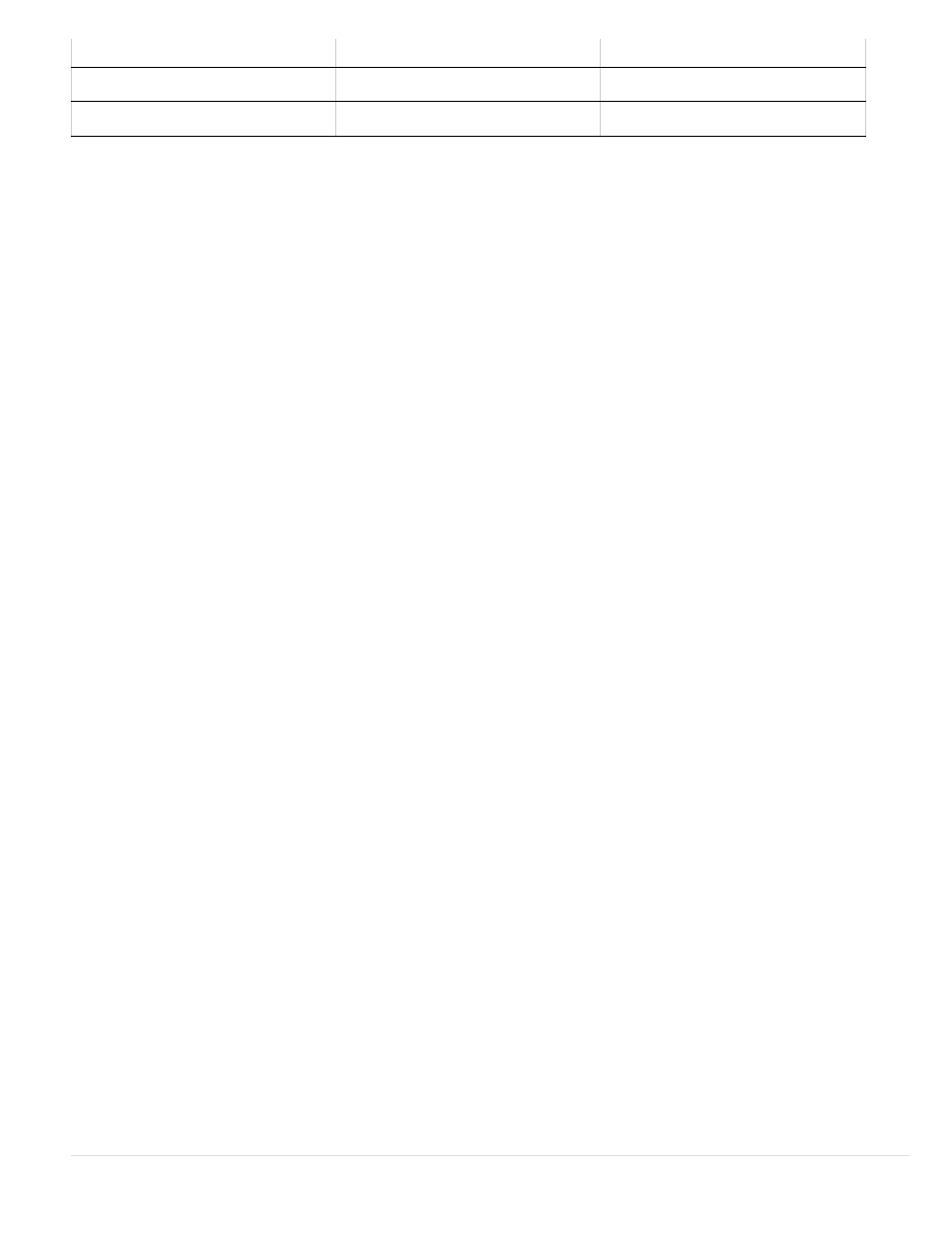Adobe InDesign User Manual
Page 342

Include Entire Folder Path
Include File Extension
File Name
This variable inserts the name of the current file into the document. It’s commonly added to the slug area of the document for printing or used in
headers and footers. In addition to Text Before and Text After, you can choose the following options.
Select to include the full folder path with the file name. The standard path conventions for either Windows or Mac OS
are used.
Select to include the file name extension.
The File Name variable is updated whenever you save the file with a new name or to a new location. The path or extension does not appear in the
document until it’s saved.
Image Name
The Image Name variable is useful for generating automatic captions from metadata. The Image Name variable includes a Metadata Caption
variable type. If a text frame containing this variable is adjacent to or grouped with an image, the variable displays the metadata of that image. You
can edit the Image Name variable to determine which metadata field is used.
See Define caption variables.
Last Page Number
The Last Page Number type is useful for adding the total number of pages in a document to headers and footers using the common “Page 3 of
12” format. In this case, the number 12 is generated by the Last Page Number, and it’s updated whenever pages are added or removed. You can
insert text before or after the last page number, and you can specify a numbering style. From the Scope menu, choose an option to determine
whether the last page number in the section or document is used.
Note that the Last Page Number variable does not count the pages in the document.
Running Header (Paragraph or Character Style)
The Running Header variables insert the first or last occurrence on the page of the text to which the specified style is applied. If no text on the
page is formatted with the specified style, the text from a previous page is used.
See Create variables for running headers and footers.
Custom Text
This variable is commonly used for inserting placeholder text, or a text string that may need to be changed quickly. For example, if you’re working
on a project that uses a code name for a company, you can create a custom text variable for the code name. When you are able to use the real
company name, you can simply change the variable to update all the occurrences.
To insert special characters in a text variable, click the triangle to the right of the text box.
ss
Second, leading zero
07
a
AM or PM, two characters
PM
z or zzzz
Time zone, abbreviated or expanded
PST or Pacific Standard Time
337
